11 incredible cancelled military aircraft
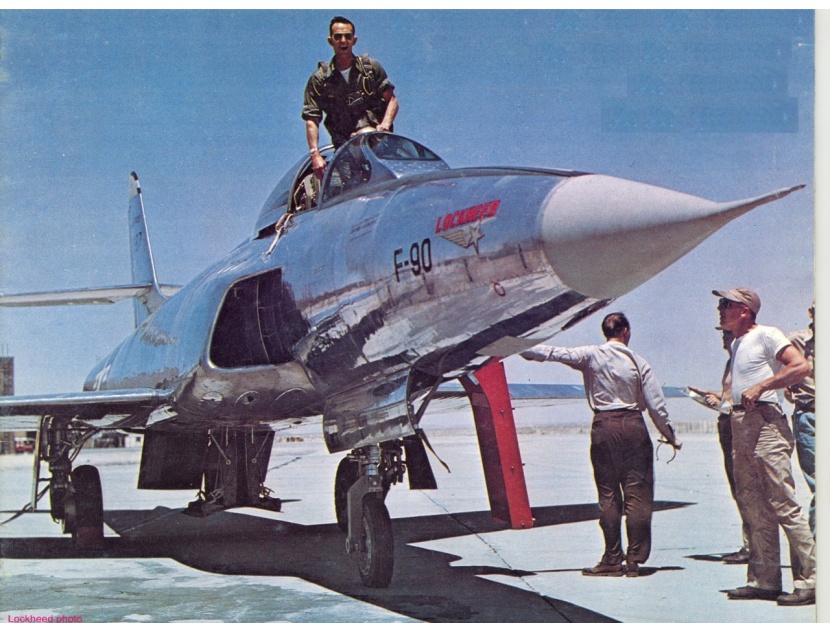
We wish we’d had the space to include several other aircraft, like the gorgeous Lockheed XF-90.
For every military aircraft that makes it into service, a thousand projects only live on as tattered blueprints in filing cabinets, gung-ho artworks or sit silently as lonely prototypes in museums. To be sentimental over killing machines that never were may seem perverse, but the following ten aircraft inspire tantalising speculation of what could have been. War is Boring’s David Axe and Hush-Kit’s Joe Coles take a ghoulish stroll through the graveyard of cancelled military aircraft.
To keep this blog going, allowing us to create new articles – we need donations (please do read this bit).
We’re trying to do something different with Hush-Kit: give aviation fans something that is both entertaining, surprising and well-informed. Please do help us and click on the donate button above (or here) – you can really make a difference (suggested donation £12). You will keep us impartial and without advertisers – and allow us to carry on being naughty. A big thank you to all of our readers.
(You’ll be delighted to hear we haven’t included the Arrow, TSR2 or F-20)
11. Sud-Est SE.5000 Baroudeur

Aeroplane designers hate wheels. Wheels are for cars. The weight and complexity of a retractable undercarriage is a huge nuisance. Why not do away with them altogether? The wartime Germans were very keen on this idea and built a series of aeroplanes that took off from trolleys. The aircraft would simply uncouple itself from the trolley as it took off, the trolley remaining behind on the runway. The aeroplane would land on simple skids. A trolley take-off frees an aeroplane from the need for vast, vulnerable runways. In a war, airbases would be priority targets and however good a fighter was, it be would utterly impotent if it had no runway to take off from. Mindful of this problem, and fearing the technological hurdles of vertical take-off and landing, Sud-Est, turned back to the ‘trolley dolly’ concept to create the Sud-Est SE.5000 Baroudeur (‘adventurer’). The aircraft took its first flight on 1 August 1953. It was superb: trolley take-offs proved effortless, skid landings a delight (even in crosswinds). It could be rapidly rearmed and refuelled, and would have made a superb tactical fighter. If required, the trolley could even have be rocket-assisted! The ‘jet dirtbike’ never made it into service, usurped by a generation of concrete-loving fast-jets.
10. Bell XF-109
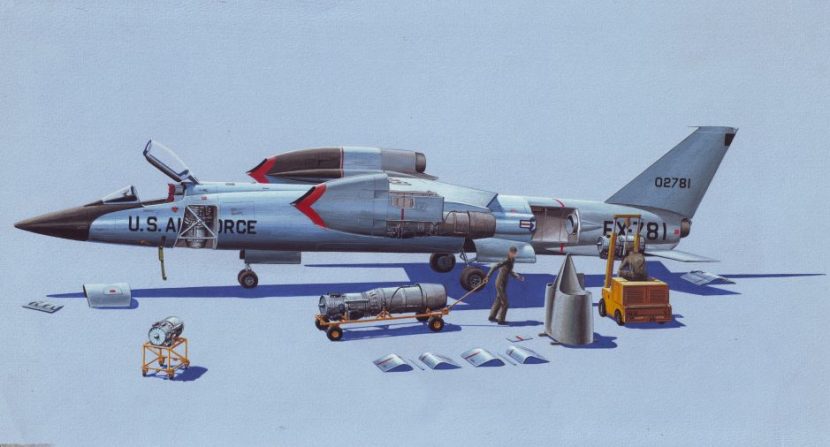
In 1955, the U.S. Navy and Air Force approached Bell Aircraft Corporation with a far-out idea: design a Mach-two fighter capable of launching and landing vertically. Bell dutifully drew up a design for what it unofficially called the XF-109.
Fifty-nine feet long, the XF-109 featured a startling eight J85 turbojets – four afterburning motors arranged two apiece in rotating wingtip nacelles, plus another two afterburners in the rear fuselage and a pair of non-afterburning J85s pointing downward behind the cockpit.The XF-109 was clearly ahead of its time. The Navy and Air Force both lost interest and the military cancelled the Bell jump jet in 1961 before the company could build any actual prototypes. The Harrier, the world’s first operational vertical-takeoff-and-landing fighter, flew for the first time in 1967. The Harrier is subsonic.
See the top ten jump-jets here.
8. Kamov V-100 ‘Боевой молот’

Image via rotorpedia.ru
Kamov’s long flirtation with twin wingtip-mounted rotors led to some truly startling ideas, one was a vast C-130-sized transport- and at the other end of the size spectrum was the V-100, an extremely fast battlefield helicopter. As well as the unusual rotor configuration, the V-100 was to have a single pusher propeller – this, combined withs its sleek aerodynamics, was expected to imbue with it a top speed of 400 km/h (around 250 mph) – which is a whole 100 km/h faster than the AH-64 Apache (itself no slouch). Armaments considered included two 23-mm cannon or a single 30-mm, and even the huge air-to-ground Kh-25 (X-25) missile. In the end, the design was considered too risky, and never flew. Russia eventually ended up with the Ka-50/52.
8. Yakovlev Yak-43

Russia (and the Soviet Union) is often accused of stealing US aircraft concepts and technologies. In reality there has been give and take (as well as similar design solutions resulting from parallel teams working to solve similar problems).
That Lockheed bought research from Yakovlev on the STOVL propulsion system of the Yak-41 (or 141 if you prefer) is pretty notable. The Yak-41, impressive though it was, was merely a stepping stone to the formidable Yak-43 fighter. The Yak-43 would have been far faster and versatile than the Harrier, with a performance comparable to the MiG-29. The tumultuous transitional period that made the collaboration with Lockheed possible also killed the Yak-43, but its DNA lives on today in the F-35B.
7. British Aerospace P.125

Image via http://forum.keypublishing.com
The long history of British expertise in stealth technology has not been discussed a great deal. Britain pioneered radar absorbent material for aircraft, working on reduced radar observability for nuclear warheads in the early 1960s and was able to create a world class stealth testbed in the Replica model. Prior to Replica, in the 1980s, Britain was working on an aircraft concept so advanced it was classified until 2006.
The BAe P.125 study was for a stealthy supersonic attack aircraft to replace the Tornado. It was to be available in both a short take-off and vertical landing (STOVL) and a conventional variant. The conventional variant would feature a central vectored nozzle, the STOVL version would have three vectoring nozzles. In some ways the P.125 was more ambitious than the F-35, the aircraft was to have no pilot transparencies,with the reclined pilot immersed in synthetic displays of the outside word.
It is likely that this formidable interdictor would have been even less visible to radar than the F-35 (though the absence of planform alignment is noteworthy). Despite its 1980s vintage many of its low observable features are reminiscent of today’s latest fighters – others such as its unorthodox wing design, are unique. The project was quietly dropped when Britain joined the JSF programme in the 1990s.
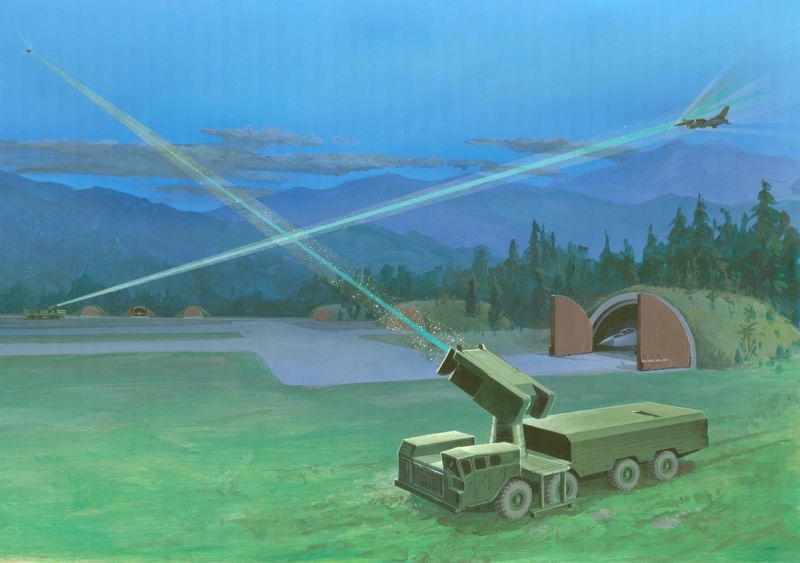
Leave the MiGs in the hangers, we’ll sort this out.
It is likely that the absence of a cockpit transparency on the P.125 was to protect the pilot from laser dazzle weapons (a weapon inaccurately feared to be in widespread use by the soviet union). Even now a synthetic cockpit is considered a daunting technological prospect, why BAe didn’t opt for an unmanned configuration remains something of a mystery.
6. Convair YB-60

In the early 1950s, the U.S. Air Force wanted a turbojet-powered heavy strategic bomber to lug atomic bombs across oceans. Convair had built the piston-engine B-36 for the Air Force and decided simply swapping out the B-36’s prop motors for jets — among other modest changes — would suffice to produce a new bomber.
The result was the YB-60, a 171-foot-long monster of a warplane sporting eight J57 turbojets. The first of two prototypes took off on its inaugural flight in April 1952. The YB-60 could fly 2,900 miles at a cruising speed of 467 miles per hour while lugging a 36 tons of bombs.
Impressive, but not as impressive as the performance of the YB-60’s most direct competitor, Boeing’s B-52. The eight-engine B-52 cruises at 525 miles per hour over a distance of 4,500 miles while carrying 35 tons of bombs.
The Air Force cancelled the YB-60s’ test program in January 1953. B-52s remain in the U.S. inventory.
5. Northrop Fang
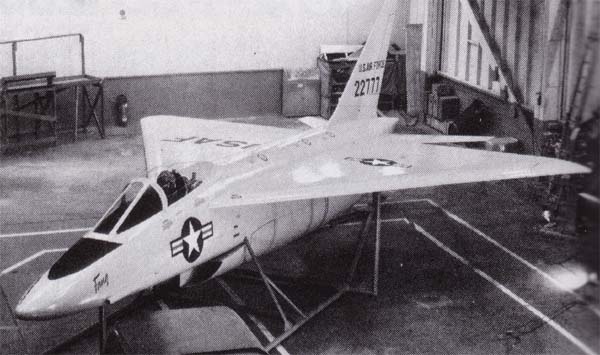
Ed Schmued designed the North American P-51 Mustang fighter that helped the Allies win World War II. A decade later in 1952, now working for Northrop, Schmued outlined a simple, single-engine jet fighter. The N-102 Fang.
Forty-one feet long, powered by a single J79 turbojet and sporting a simple delta wing, the Fang bucked the trend toward bigger, heavier and more complex fighters. Northrop built a mockup and pitched the N-102 to the Air Force in 1953 and the Navy in 1954. Ultimately, both branches opted for bigger fighters such as the F-4, which was roughly twice the Fang’s size and boasted two J79s.
But Northrop didn’t entirely give up on the idea of a small, simple fighter. The company’s F-5 family of fighters, including the F-5A, the much-improved F-5E and variants and even the prototype F-20 all owe their design philosophy to Schmued’s N-102. F-5s remain in service all over the world.
4. Convair Model 49
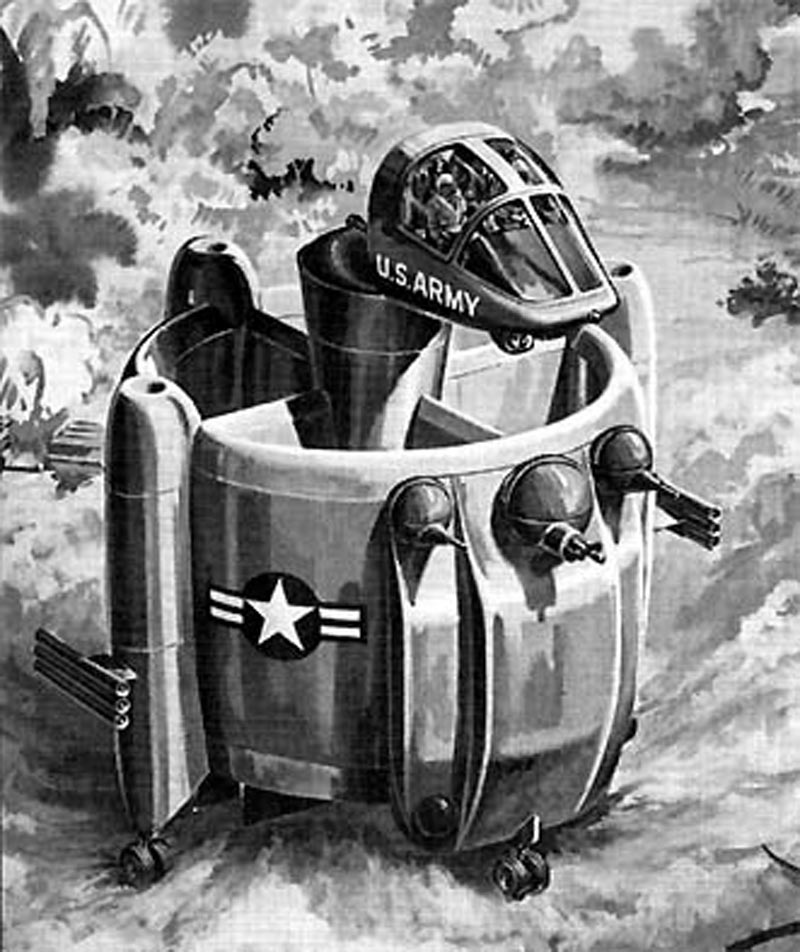
In the 1960s the US Army were growing sick of dependence on inappropriate USAF aircraft for the close support mission. Aircraft like the Republic F-105 Thunderchief were simply too fast and too vulnerable to support troops on the ground effectively. Instead the US Army wanted the versatility and forward-basing possibilities of a vertical take-off platform with the ability to hover. To excel in the tough close support role the type would need to be heavily armed and armoured. This need was expressed formally as the Advanced Aerial Fire Support System or AAFSS.
Convair, a company famed for its adventurous designs, responded to the Army’s AAFSS requirement with typical ambition. Drawing on their experience with the tail-sitting XFY-1 ‘Pogo’ they proposed a two man ‘ring’ (or annular) wing ducted-fan design quite unlike anything else in service, though somewhat similar to the experimental SNECMA C.540 Coléoptère. The concept was bizarre in appearance but Convair believed it was the perfect configuration for an aircraft combining a helicopter’s unusual abilities with some of the offensive features of a military ground vehicle. One of the greatest challenges was creating a cockpit that tilted so the pilot was not facing the sky in the take-off/landing and landed support parts of its mission. This necessitated a complex hinged forward fuselage giving the type its distinctly ‘Transformer’-like looks. More on the incredible Convair 49 here.
3. Lockheed CL-1200
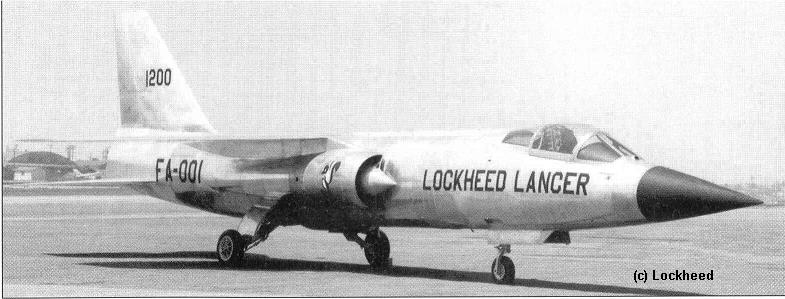
In the late 1960s, Lockheed saw an opportunity. Anticipating worldwide demand for 7,500 advanced but – in the company’s own words – “reasonably-priced” jet fighters over the next decade, in 1971 it began circulating a proposal for an improved, safer “CL-1200 Lancer” version of the speedy but notoriously hard-to-fly F-104 Starfighter.
Lockheed’s Skunk Works division, with famed designer Kelly Johnson still at the head, enlarged the F-104’s wing and fin, shifted the tailplane lower in the fuselage, tweaked the engine inlet, added internal fuel capacity and replaced the F-104’s J79 engine with a TF33. The resulting CL-1200 was, in theory, more manoeuvrable and controllable than the F-104 and cost around $2 million per copy, assuming a large production run. At the time, a new F-4E cost at least $2.4 million.
Lockheed entered the CL-1200 into the U.S. military’s International Fighter Aircraft competition, which aimed to select an export warplane for America’s allies. But Northrop’s F-5E won the contest, and Lockheed scrapped the CL-1200 concept, having only ever produced a mock-up of the plane.
2. Dassault Mirage 4000
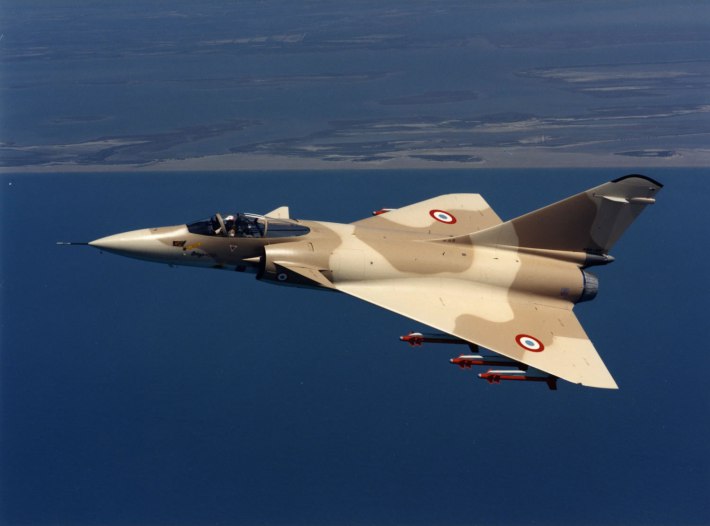
France’s Mirage 2000 has been described by many fighter pilots as the perfect flying machine. Its ferociously high performance and almost telekinetic responsiveness have left pilots of all nationalities giddy with love and respect for the ‘Electric Cake Slice’. So imagine a ‘2000 with twice the power and you have a pretty spectacular aeroplane; the 4000, which first flew in 1979 was a just such an aircraft, in the same heavyweight class as the F-15 and Su-27. The Mirage 4000 was one of the first aircraft to incorporate carbon fibre composites (to keep weight down)- and was probably the very first to feature a fin made of this advanced material. Thanks to its light structure and powerful engines it had a thrust-to-weight ratio that exceeded 1: 1 in an air-to-air load-out. On its sixth test flight it reached 50,000 feet at Mach 2 in 3 minutes 50 seconds. The 4000 would have been agile, long-ranged and able to haul an impressive arsenal. Its capacious nose could have held an advanced long-range radar. The French air force didn’t want it, Iran — another potential customer- had a revolution, and Saudi Arabia, also on the look-out for a heavy fighter, opted instead for the F-15. Despite its obvious potential, the Mirage 4000 failed to find a customer, which was an enormous kick in the nuts for Dassault, as the company had privately funded the type’s development.
1. Lockheed RB-12

In January 1961, Lockheed’s legendary aeroplane-designer Kelly Johnson delivered an unsolicited proposal to the U.S. Air Force. His idea was to take the Mach-3 A-12 spy plane – the predecessor of the iconic SR-71 Blackbird – that Kelly had designed for the CIA and modify it into a very fast strategic bomber. More or less in parallel, Johnson was working on a missile-armed F-12 fighter version of the A-12.
The Air Force liked the RB-12 Mach-3 bomber idea but counterproposed with a slightly altered design it called the RS-12. Take the A-12’s sled-like titanium airframe with its powerful J58 turbojets. Add a sophisticated, long-range radar and a nuclear-tipped air-to-ground missile based on the AIM-47 air-to-air missile that also armed the F-12.
The plan was for the RS-12 to penetrate Soviet air space at Mach 3.2 and 80,000 feet and fire a single missile from 50 miles away, striking within 50 feet of its aimpoint within a Soviet city.
The Defense Department ultimately cancelled the F-12 on cost grounds and opted not to proceed with the RS-12, as ballistic missiles were beginning to supplant manned bombers. The Air Force did ultimately acquire the SR-71 reconnaissance version of the A-12 and operated it into the 1990s.
Hush-Kit would like to thank Northrop Grumman’s Bill Sweetman and Combat Aircraft’s Thomas Newdick for their generous help in the researching of this article.
Thank you for reading Hush-Kit. Our site is absolutely free and we have no advertisements. If you’ve enjoyed an article you can donate here– it doesn’t have to be a large amount, every pound is gratefully received. If you can’t afford to donate anything then don’t worry.
At the moment our contributors do not receive any payment but we’re hoping to reward them for their fascinating stories in the future.
Have a look at 10 worst British military aircraft, Su-35 versus Typhoon, 10 Best fighters of World War II , top WVR and BVR fighters of today, an interview with a Super Hornet pilot and a Pacifist’s Guide to Warplanes. Was the Spitfire overrated? Want something more bizarre? The Top Ten fictional aircraft is a fascinating read, as is The Strange Story and The Planet Satellite. The Fashion Versus Aircraft Camo is also a real cracker. Those interested in the Cold Way should read A pilot’s guide to flying and fighting in the Lightning. Those feeling less belligerent may enjoy A pilot’s farewell to the Airbus A340. Looking for something more humorous? Have a look at this F-35 satire and ‘Werner Herzog’s Guide to pusher bi-planes or the Ten most boring aircraft. In the mood for something more offensive? Try the NSFW 10 best looking American airplanes, or the same but for Canadians.


“If you have any interest in aviation, you’ll be surprised, entertained and fascinated by Hush-Kit – the world’s best aviation blog”. Rowland White, author of the best-selling ‘Vulcan 607’
I’ve selected the richest juiciest cuts of Hush-Kit, added a huge slab of new unpublished material, and with Unbound, I want to create a beautiful coffee-table book. Pre-order your copy now right here
TO AVOID DISAPPOINTMENT PRE-ORDER YOUR COPY NOW

From the cocaine, blood and flying scarves of World War One dogfighting to the dark arts of modern air combat, here is an enthralling ode to these brutally exciting killing machines.
The Hush-Kit Book of Warplanes is a beautifully designed, highly visual, collection of the best articles from the fascinating world of military aviation –hand-picked from the highly acclaimed Hush-kit online magazine (and mixed with a heavy punch of new exclusive material). It is packed with a feast of material, ranging from interviews with fighter pilots (including the English Electric Lightning, stealthy F-35B and Mach 3 MiG-25 ‘Foxbat’), to wicked satire, expert historical analysis, top 10s and all manner of things aeronautical, from the site described as:
“the thinking-man’s Top Gear… but for planes”.
The solid well-researched information about aeroplanes is brilliantly combined with an irreverent attitude and real insight into the dangerous romantic world of combat aircraft.
FEATURING
-
-
-
- Interviews with pilots of the F-14 Tomcat, Mirage, Typhoon, MiG-25, MiG-27, English Electric Lighting, Harrier, F-15, B-52 and many more.
- Engaging Top (and bottom) 10s including: Greatest fighter aircraft of World War II, Worst British aircraft, Worst Soviet aircraft and many more insanely specific ones.
- Expert analysis of weapons, tactics and technology.
- A look into art and culture’s love affair with the aeroplane.
- Bizarre moments in aviation history.
- Fascinating insights into exceptionally obscure warplanes.
-
-

The book will be a stunning object: an essential addition to the library of anyone with even a passing interest in the high-flying world of warplanes, and featuring first-rate photography and a wealth of new world-class illustrations.

Rewards levels include these packs of specially produced trump cards.



Pre-order your copy now right here
I can only do it with your support.


“Convair had built the piston-engine B-36 for the Air Force and decided simply swapping out the B-36’s prop motors for jets — among other modest changes — would suffice to produce a new bomber.”
The changes were more than modest, it had a new swept wing to allow a higher cruise speed ( along with swept tail surfaces) but not as fast as the B52.The YB-60 had a considerably larger bomb load ( it was the same fuselage as the B36) but not equipped for the aerial refuelling.
” The Boeing YB-52 beat the Convair aircraft into the air by three days” Those the days when the airplane companies knew any delays would mean they would lose the contract.
Well, the Mirage 4000 has not been a “kick in the nuts for Dassault” as all the studies, design and test flights have been used later on for the Rafale. And the latest was funded by the French Air Force…
Hi Willy, I am aware of its contribution to Rafale development, but I stand by my nut-kicking statement as it was a bitter disappointment (and financial liability) to Dassault. Thanks for getting in touch. HK
I think we are right both of us. Let’s say that Dassault has recovered from the 4000 disappointment by making success with the extrapolated Rafale. Took time anyway. But Dassault is a company with a lot of resources and whatever they do, someday it pays. Great article.
The D 4000 was killed off by the F-16 strangely enough, as that indicated customers were mostly interested in a single engine smaller fighter, which Dassault countered with the Mirage 2000 which had been largely developed at the same time. And successful it was. Some say the D4000 was developed ‘from’ its smaller cousin but the twin engines, different wing sweep and different cockpit and much higher weight meant they would have shared little ( except the engine)
it wasn’t necessarily canceled, (at least not by the government, but canceled by the contractor) but would the YF-23 count? Also the B-70 and A-12 could have been included
Mirage 4000 would have been the French version of F-15 with slightly better overall performance. It was a beautiful fighter..
where is the Avroe Arrow?
In Canada. Didn’t mention it as it is well covered elsewhere.